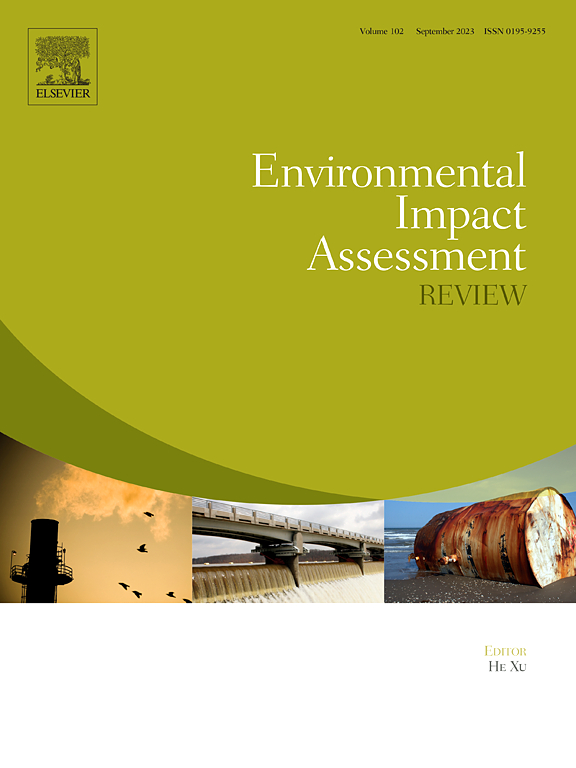Environmental and nutritional performance of ‘superfood’-enriched diets: A comparative analysis of three dietary recommendations
IF 11.2
1区 社会学
Q1 ENVIRONMENTAL STUDIES
引用次数: 0
Abstract
Eating habits are continuously evolving, shaped by cultural convictions, socioeconomic factors, and new market trends. This study examines the rise in ‘superfoods' – ‘exotic’ natural foods with scientifically proven superior nutritional profiles – and their environmental interactions when used to fill nutritional gaps within common diets. Focusing on three well-established patterns - the Mediterranean (MD), vegan (VD), and Healthy Eating Plate (HEP) diets – the nutritional quality is measured using the Spanish Nutrient Rich Diet 9.2 (sNRD9.2) model, and environmental impacts are assessed through life cycle assessment (LCA) on a weekly per capita basis. Results show that ‘superfoods' boost nutritional quality by 3.5 %, 4.7 %, and 5.6 % for MD, VD, and HEP diets, respectively, yet increase environmental burdens in five to six of seven categories. However, a combined analysis of nutritional and environmental outcomes reveals contrasting effects: when nutritional improvements are factored in, environmental indicators show reductions of up to 28 % for water scarcity, 8.3 % for acidification, and 5.3 % for global warming. While these results suggest some benefits, heightened impacts in other areas call for further optimization of production systems. Challenges also persist in integrating unfamiliar foods into diets, underscoring the need for a balanced approach to sustainability.
富含“超级食物”的饮食的环境和营养性能:三种饮食建议的比较分析
受文化信念、社会经济因素和新的市场趋势的影响,饮食习惯在不断演变。这项研究调查了“超级食品”——具有科学证明的优质营养成分的“外来”天然食品——的兴起,以及它们在填补普通饮食中的营养缺口时与环境的相互作用。以地中海(MD)、纯素(VD)和健康饮食盘(HEP)三种公认的饮食模式为重点,使用西班牙营养丰富饮食9.2 (sNRD9.2)模型测量营养质量,并通过每周人均生命周期评估(LCA)评估环境影响。结果表明,“超级食品”分别使MD、VD和HEP饮食的营养质量提高了3.5%、4.7%和5.6%,但在7个类别中增加了5到6个类别的环境负担。然而,对营养和环境结果的综合分析揭示了截然不同的影响:如果将营养改善考虑在内,环境指标显示,水资源短缺减少了28%,酸化减少了8.3%,全球变暖减少了5.3%。虽然这些结果表明了一些好处,但在其他领域的影响加剧,需要进一步优化生产系统。在将不熟悉的食物纳入饮食方面也存在挑战,这凸显了对可持续性采取平衡方法的必要性。
本文章由计算机程序翻译,如有差异,请以英文原文为准。
求助全文
约1分钟内获得全文
求助全文
来源期刊

Environmental Impact Assessment Review
ENVIRONMENTAL STUDIES-
CiteScore
12.60
自引率
10.10%
发文量
200
审稿时长
33 days
期刊介绍:
Environmental Impact Assessment Review is an interdisciplinary journal that serves a global audience of practitioners, policymakers, and academics involved in assessing the environmental impact of policies, projects, processes, and products. The journal focuses on innovative theory and practice in environmental impact assessment (EIA). Papers are expected to present innovative ideas, be topical, and coherent. The journal emphasizes concepts, methods, techniques, approaches, and systems related to EIA theory and practice.
 求助内容:
求助内容: 应助结果提醒方式:
应助结果提醒方式:


